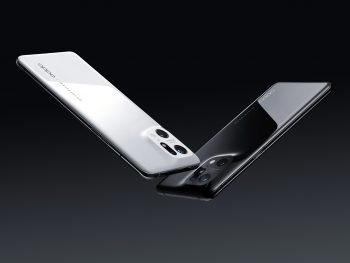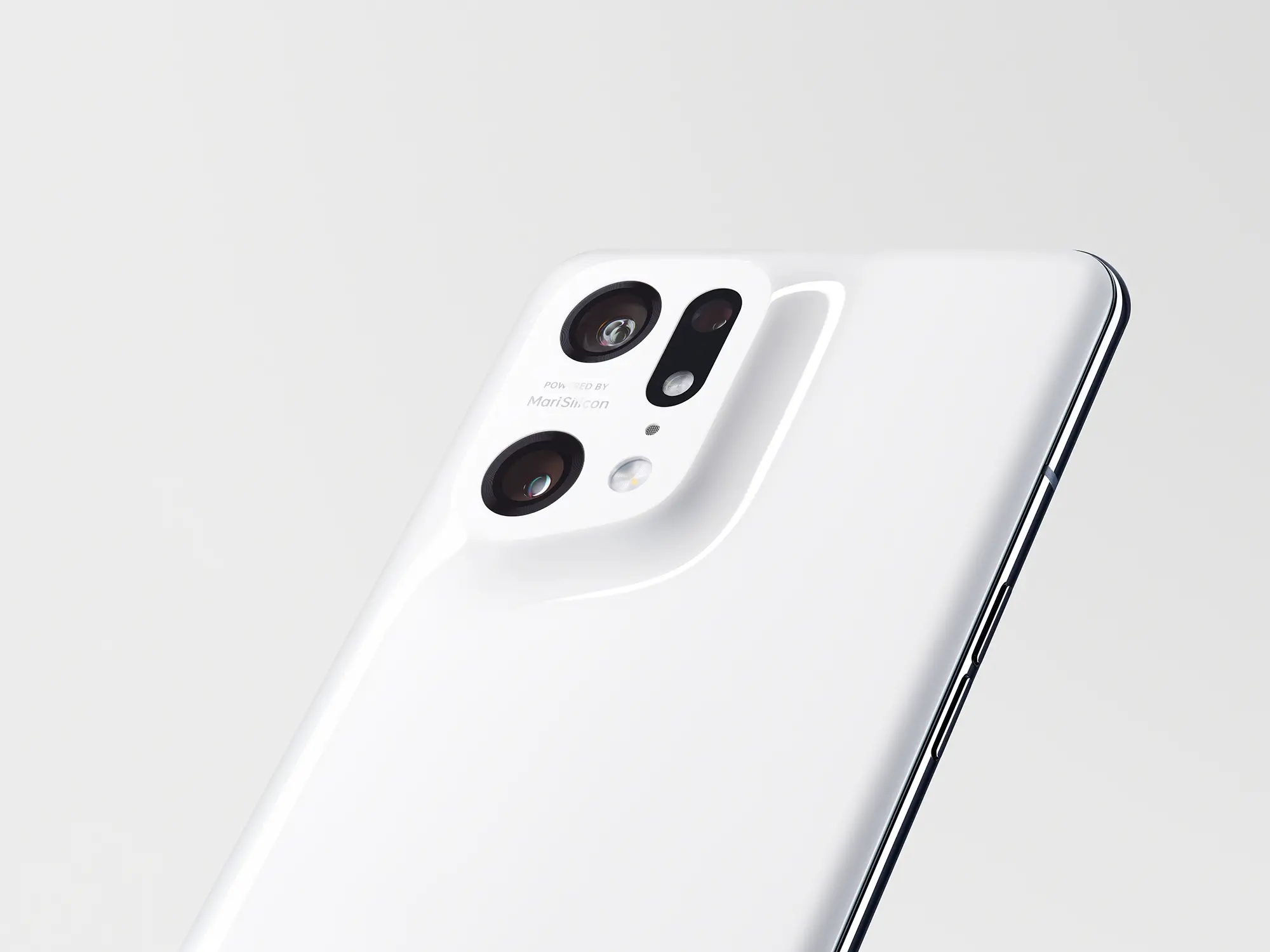
The Find X6 Pro is Make or Break for Oppo
As far as international smartphone brands go, Oppo is definitely up there in terms of what it’s managed to do, building up a name for itself with a wide range of impressive Android devices released throughout the company’s existence. The past few years have been terrific for Oppo, and we’ve seen some mouth-watering hardware that give competing brands a run for their money.
With the Find X6 Pro nearing launch, it’s certainly interesting to think about what it can achieve in terms of performance – the competition is not fooling around this year, with impressive entries from Android brands like Samsung and Xiaomi, to name a few. As such, the Find X6 Pro will have to “wow” consumers should it want to take the throne for itself – what does it need to accomplish though? Let’s take a quick look.
Camera Performance

In all honesty, Oppo’s previous Find X5 Pro was mostly solid in terms of camera performance, the phone was a bit lacking when it came to the selfie camera. While one could argue that not all users will be constantly taking selfies, the Find X5 Pro’s front camera was a bit limited especially when it came to video, maxing out at 1080p at 30fps, without support for OIS either. Since its release, we’ve seen newer flagships incorporate more features into their selfie cameras – for example, the S23 Ultra features some improvements to dynamic range and noise balance, and it’s changes like these that Oppo has to take a good look at.
The telephoto camera game has evolved as well, and it’s another aspect that the Find X6 Pro needs to get right. Phones like the S23 Ultra (which the X6 Pro is presumably going after) have shown what modern smartphone camera hardware is capable of with powerful zoom and telephoto features, and Oppo’s 2023 entry will have to show consumers what it can offer compared to the rest of the competition.
Computational photography has also been part of the trend for a few years now, with phones like the Google Pixel line doubling down on how far it can push camera software performance. Oppo’s MariSilicon hardware certainly adds some advantage to its smartphones in terms of mobile photography, and it’s factors like these that Oppo needs to keep in mind as it aims for the top spot.
The Race for Fast-Charging
While more mainstream brands are still shying away from ultra-fast charging speeds on their respective handsets, we’ve seen a ton of innovation from Chinese OEMs, particularly when it comes to charging speeds. We’ve seen 240 and even 300W charging speeds, and current flagships like the Xiaomi 13 go hard with 120W charging support.
Last year, the Find X5 Pro came with a respectable 80W speed, but given how fast the competition has advanced, it would be nice to see the Find X6 Pro pack in a similar (or even faster) speed when it comes to wired charging capabilities, as well as wireless charging. Even brands like Apple, Samsung and Google have yet to incorporate insane charging speeds in their devices, a wide open opportunity for Oppo to really challenge the competition as far as fast-charging support is concerned.
Qualcomm Consistency
Oppo’s decision to equip the Find X5 Pro with a Qualcomm 8 Gen 1 chipset was a no brainer. At the time, it was the fastest chip available, and it was only logical for a flagship Android phone in 2022 to launch with such an impressive chip from the get-go.
However, we’ve since witnessed the arrival of the Snapdragon 8+ Gen 1, and more recently the 8 Gen 2, which has already appeared in the likes of the OnePlus 11 and Honor Magic5 Pro, to name a couple. Thankfully though, Oppo has always opted to use the latest high-end Qualcomm chip in its flagship phones, and we have no doubt that the 8 Gen 2 will make another appearance once the Find X6 Pro launches. The 8 Gen 2 has so far gotten great impressions from analysts and end-users alike, making this a likely choice for Oppo when it comes to smartphone silicone.
Market Availability
Perhaps one thing we’d like to see Oppo improve upon further is its presence in the US market. The company has already proven that it can make its way into more “western” regions such as Europe and the UK, and it’s a shame that Oppo still hasn’t set up camp in the United States, at least officially. For now, buyers interested in an Oppo-branded device will have to import from third-party retailers and online merchants, a stumbling block if the company is really hellbent on global brand recognition and profitability.
With that said though, it should be noted that OnePlus – a “sister company” of sorts to Oppo – has long since been active in the US, and while its reach still has a ways to go especially compared to regional giants like Apple and Samsung, it’s proof that there’s still room in America’s relatively uncrowded smartphone marketplace. Maybe 2023 will be the year that we’ll see more global market coverage from Oppo – we’ll have to wait and see.
Competitive Pricing
Another factor that can decide how the Find X6 Pro performs is of course, pricing. With the continued rising costs of most Android flagships lately, it’s refreshing to see brands like Google and OnePlus offer relatively-affordable premium devices, such as the Pixel 7 and the OnePlus 11, which start at prices below $800 dollars.
While the Find X5 Pro itself was pretty expensive (around $1300 when converted), it was a price so close to that of other premium brands such as Apple and Samsung, which might not appeal to a lot of buyers especially those who may not be too familiar with the brand. In this case, perhaps more competitive pricing might put Oppo at an advantage this time around, even more when you take into account the starting price for competing flagship devices.
With all these being said of course, we still have to patiently wait what Oppo ultimately has in store for consumers, although it wouldn’t hurt to see these improvements on the board. How about you? What would you like to see from the Oppo Find X6 Pro once it makes its debut? Let us know in the comments below.
Note: this article may contain affiliate links that help support our authors and keep the Phandroid servers running.
